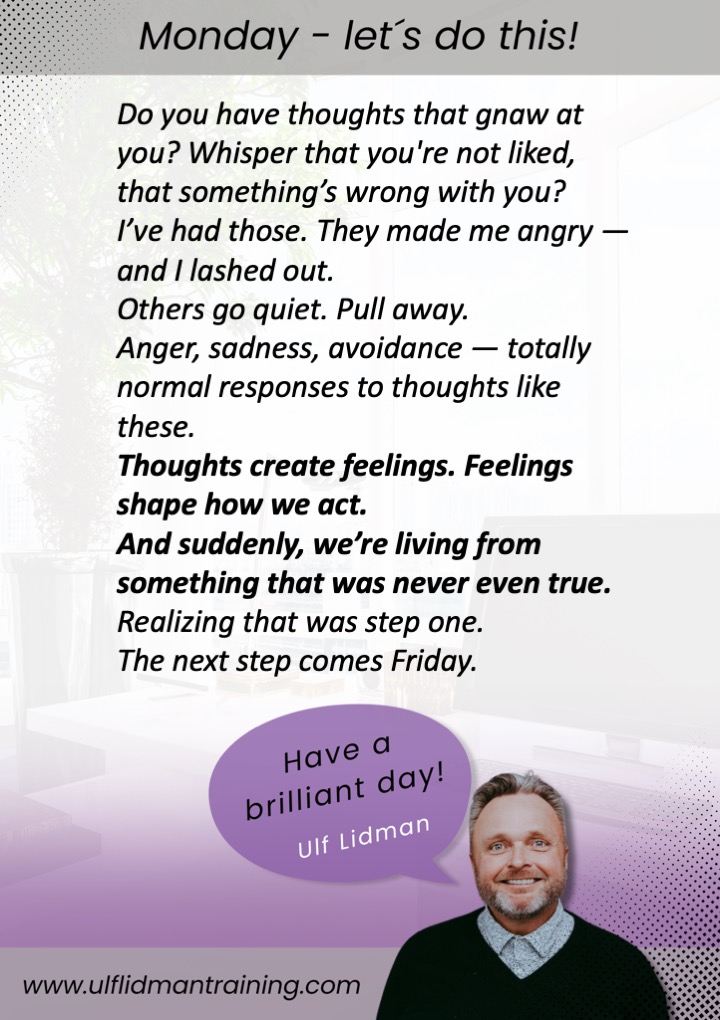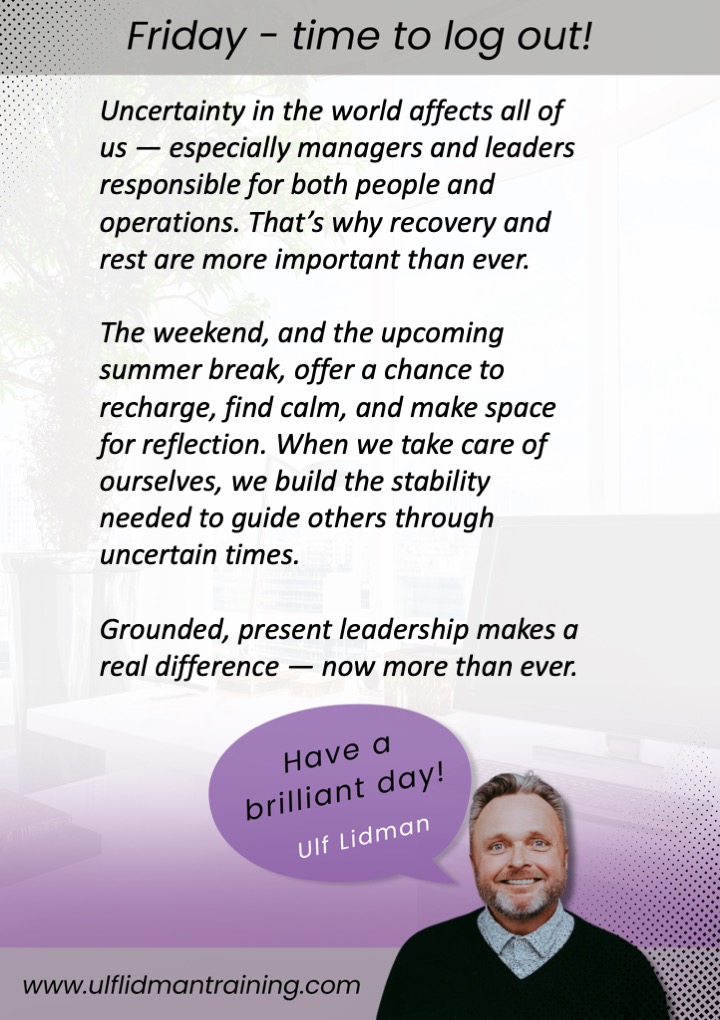Finding the Balance
If the relationship isn’t particularly close, there’s a tempting urge to fade out and hope they don’t notice. But I’ve heard too many people talk about how lonely things got for them in hard times:
- The phone stayed silent.
- The messages dried up.
It’s a reminder: when people are struggling, our presence—even in small doses—matters more than we might think.
Supporting Those Closest to Us
When someone close to us hits a rough patch, like a child or close friend, the instinct to:
- Jump in
- Fix it
- Save them
is nearly impossible to ignore. As a parent, I get this urge acutely. When my sons are struggling, all I want to do is clear the path for them, sweep away the hurt. But here’s the rub: if I’m constantly taking over, how will they learn to navigate storms on their own?
The Temptation to Step In
Let’s face it, the temptation to step in with advice (or a full-blown life plan) is real. But supporting someone we care about means, above all:
- Showing up
- Staying present
- Letting them find their own way through
It’s a delicate dance—being close enough to show support but far enough to let them own their journey.
Lessons in Leadership
And guess what? This isn’t just personal. The same goes for us as leaders. A great leader supports their team without solving every problem for them, knowing when to lean in and when to lean back. The key is finding that balance of caring without crowding.
So here’s to being present, to the beauty of showing up, and to the courage it takes to let others handle their own storms.
Have a brilliant day!
Ulf Lidman





